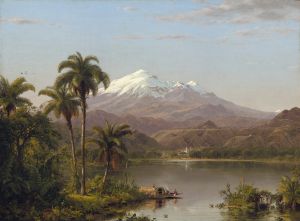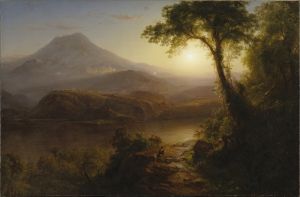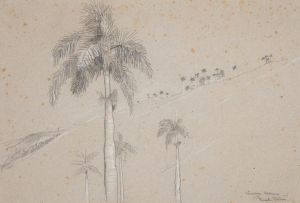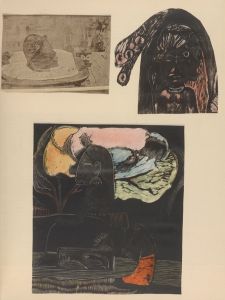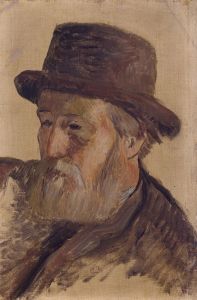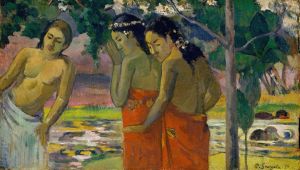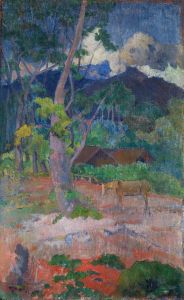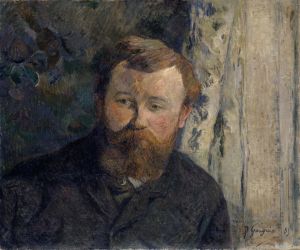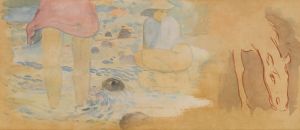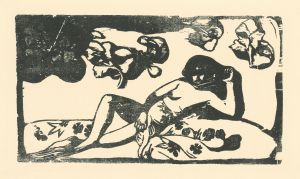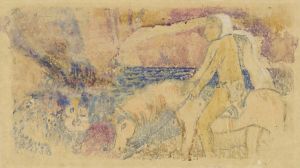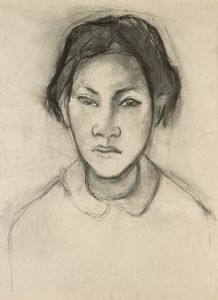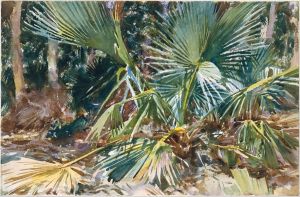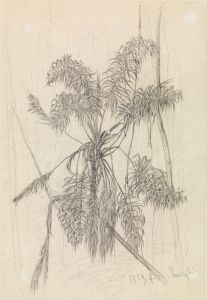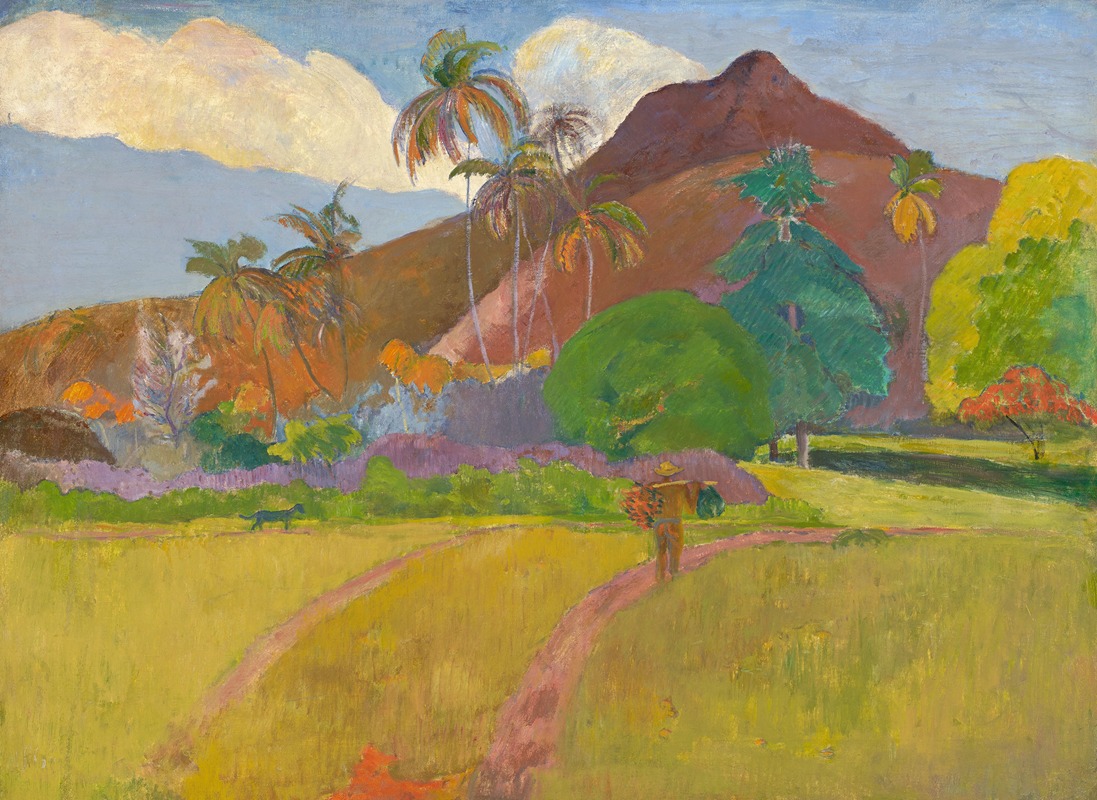
Tahitian Landscape
A hand-painted replica of Paul Gauguin’s masterpiece Tahitian Landscape, meticulously crafted by professional artists to capture the true essence of the original. Each piece is created with museum-quality canvas and rare mineral pigments, carefully painted by experienced artists with delicate brushstrokes and rich, layered colors to perfectly recreate the texture of the original artwork. Unlike machine-printed reproductions, this hand-painted version brings the painting to life, infused with the artist’s emotions and skill in every stroke. Whether for personal collection or home decoration, it instantly elevates the artistic atmosphere of any space.
Tahitian Landscape is a painting by the French Post-Impressionist artist Paul Gauguin, created during his time in Tahiti. Gauguin first traveled to Tahiti in 1891, seeking to escape European civilization and immerse himself in what he perceived as a more "primitive" and unspoiled culture. His works from this period reflect his fascination with the natural beauty of the island and its people, as well as his desire to capture an idealized vision of Tahitian life.
The painting depicts a lush, tropical landscape, characteristic of Gauguin's Tahitian period. It features vibrant colors and simplified forms, which were hallmarks of his style. Gauguin often used bold, non-naturalistic colors to convey emotion and symbolism rather than to replicate reality. In Tahitian Landscape, the composition is likely to include elements such as mountains, trees, and possibly figures, though specific details about this particular painting are not widely documented. Gauguin's landscapes from Tahiti often combined elements of the natural environment with his own imaginative interpretations, creating a sense of harmony and timelessness.
Gauguin's time in Tahiti was marked by both artistic innovation and personal challenges. While he produced some of his most famous works during this period, he also faced financial difficulties, health problems, and a complex relationship with the local culture. His portrayal of Tahitian life has been criticized for its romanticized and often inaccurate depiction of the island and its people, reflecting a European colonial perspective.
The exact date of creation for Tahitian Landscape is not specified in most sources, but it is generally attributed to Gauguin's first or second stay in Tahiti, between 1891 and 1893 or 1895 and 1901. The painting is an example of Gauguin's synthesis of natural observation and symbolic expression, which influenced later modernist movements such as Fauvism and Expressionism.
As with many of Gauguin's works, Tahitian Landscape is celebrated for its bold use of color and innovative approach to composition. It remains an important example of his contribution to the development of modern art. Further details about the painting's current location or provenance are not readily available in public records.





